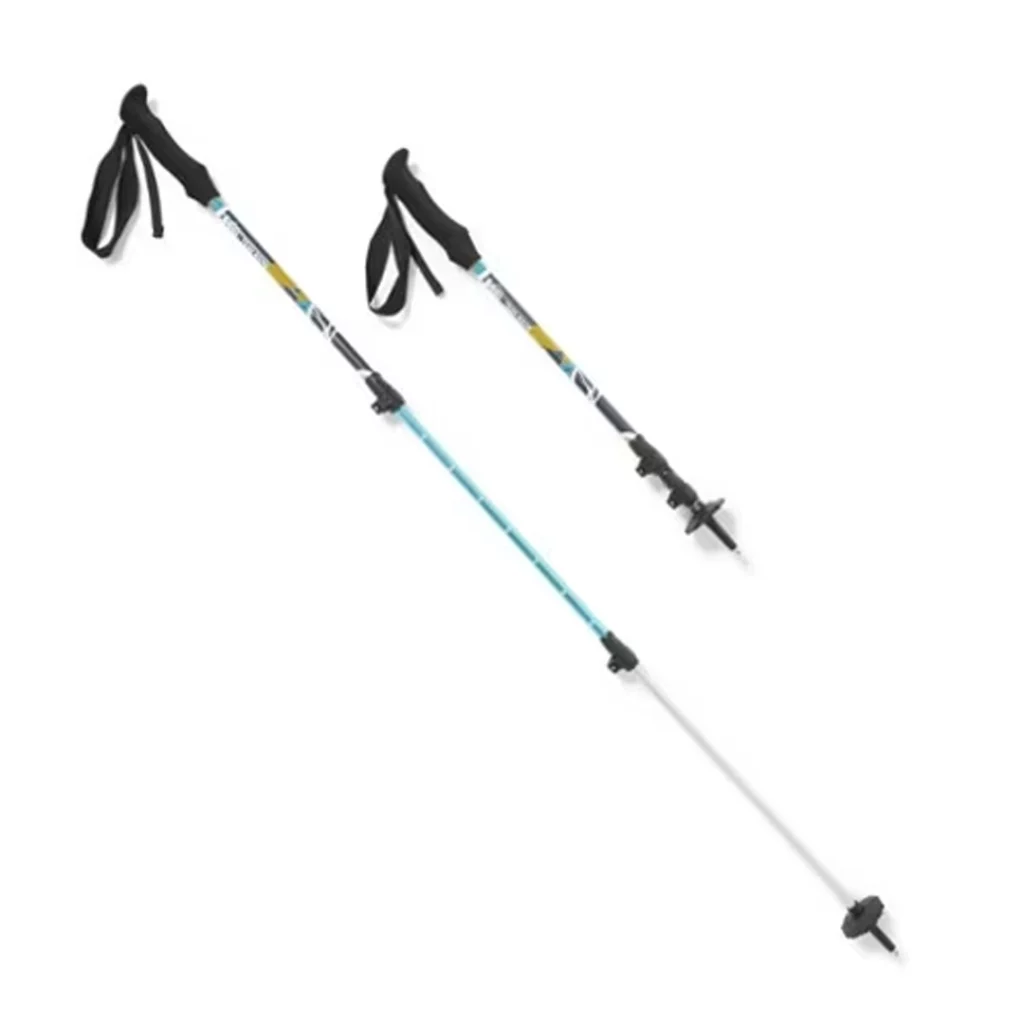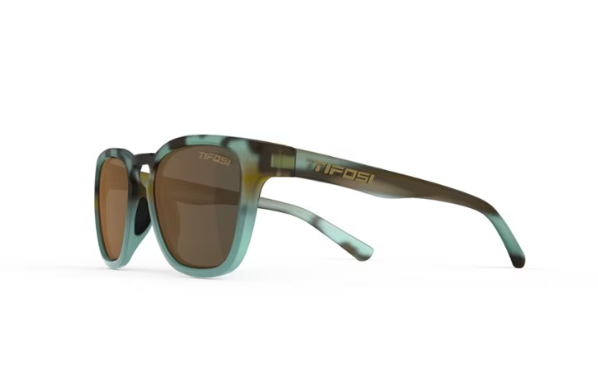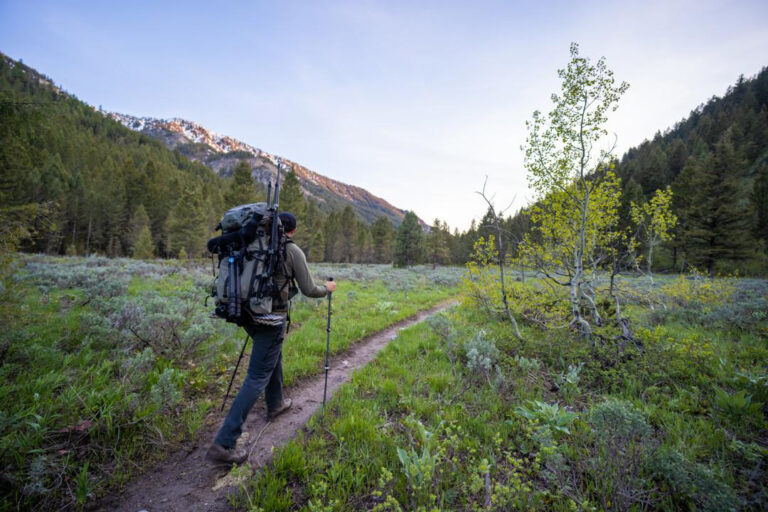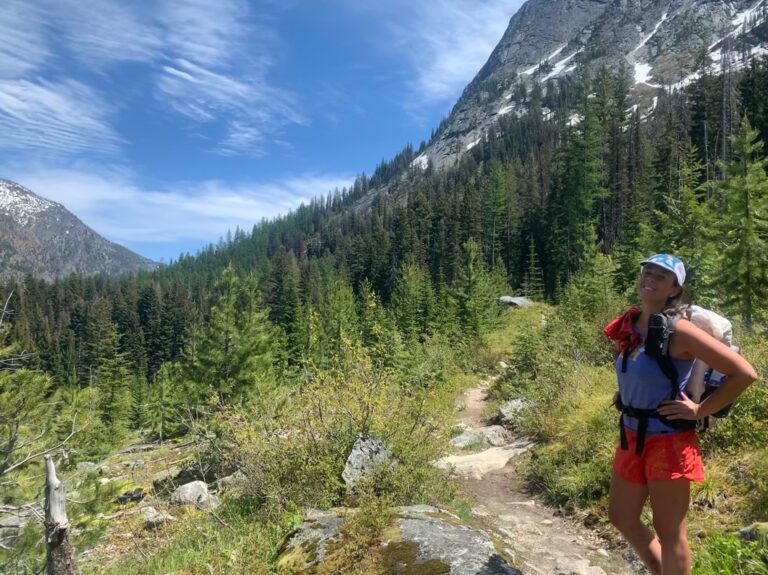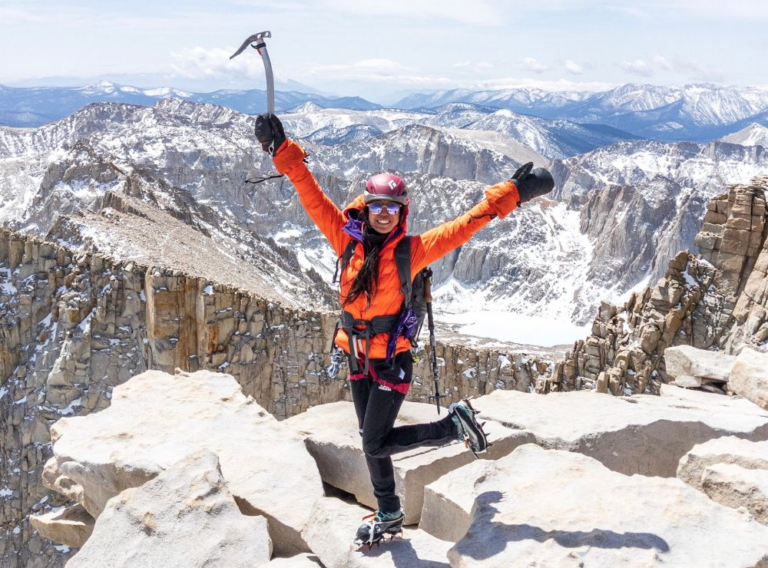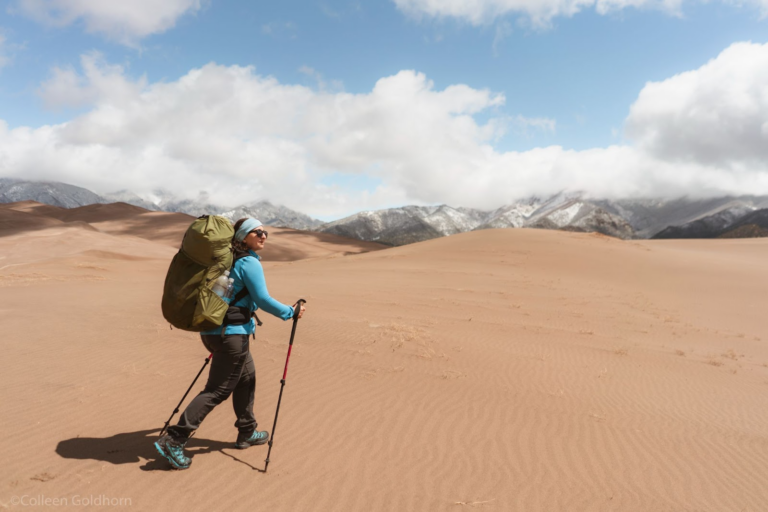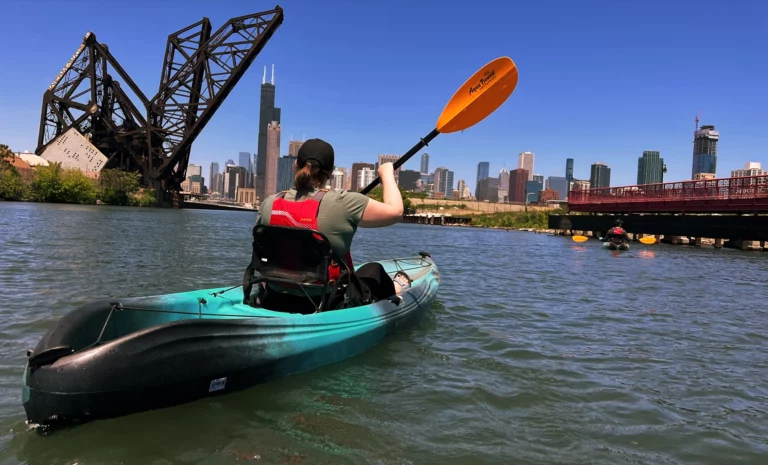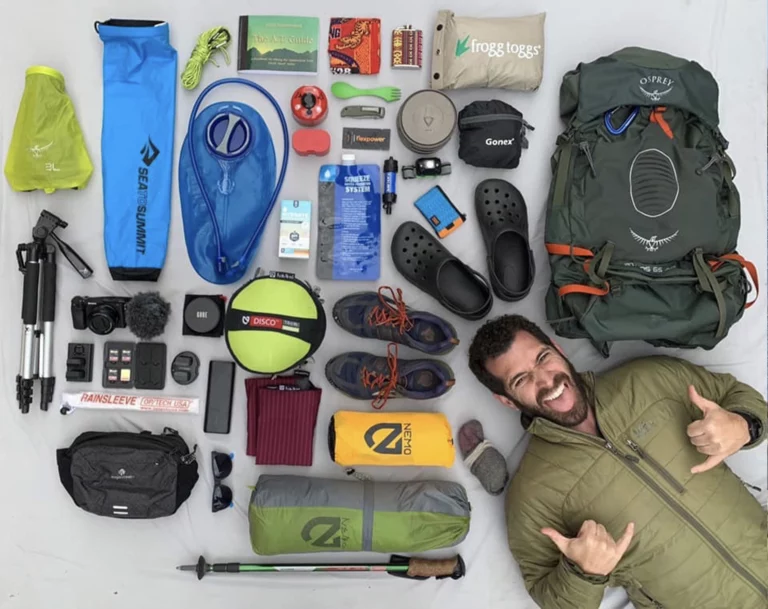Here are the categories where we recommend you splurge on your backpacking gear – and (more important) where you can save.
One of the best parts about backpacking is that most of the major gear items are a one-time investment. If you do your research and choose durable, lightweight, comfortable pieces, you won’t need to buy them again for a while. After that, backpacking is very low cost. There are even ways to save on that first kit.
You don’t need to buy the most expensive name-brand of every item, and there are entire categories where generic brands will do the same job as the pricier picks. On the other hand, there are a few categories (within reason) where we recommend going with the splurge item. This is usually where comfort, weight, and durability have the largest divide between name brands and less expensive options.
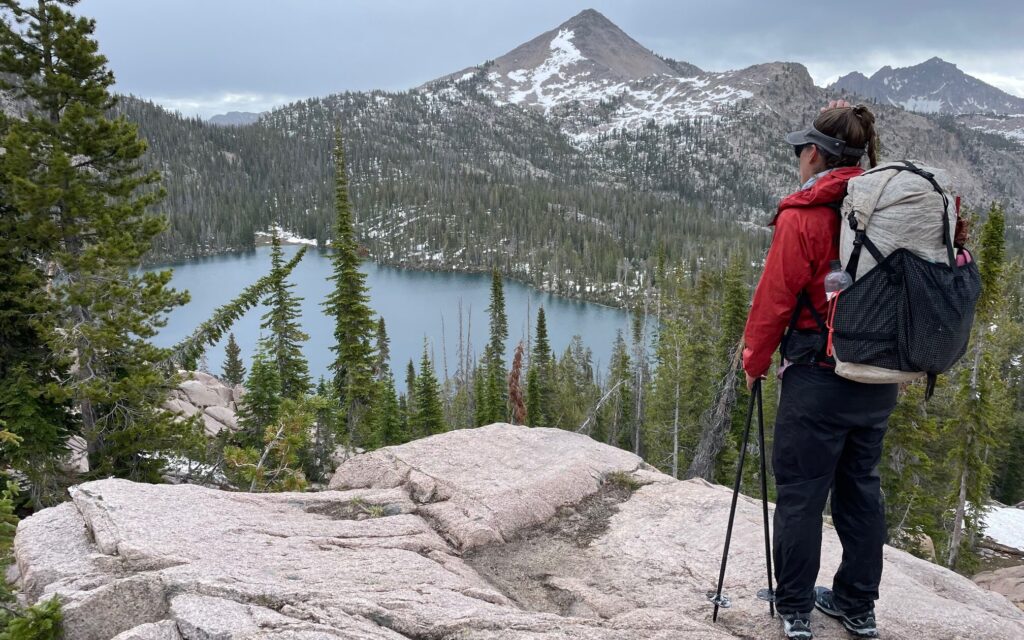
Here are our recommendations for the gear you can splurge on, and the places where it’s perfectly fine to go with the more affordable option.
Backpacking Items to Splurge On
These are the items we recommend spending a little more money on. You’ll make the investment now, but you won’t have to buy them again thanks to better materials, higher durability, and more satisfaction.
Backpack
Recommendation: Granite Gear Crown3 60 Pack
Why splurge: If you’re going to spend money on one item, please make it your backpack. An ill-fitting pack with poor weight distribution is a fast track to injury, soreness, and unnecessary fatigue. Backpacking packs from reliable manufacturers design for even weight distribution through the hips and have worked to perfect the fit, padding, and materials. Along with these comfort and load limit perks, a higher-end pack will just last longer. Think better abrasion resistance, more durable pocket and body material, and reliable zippers and buckles.
The much-loved Granite Gear Crown is now in its third iteration, with a compression-molded framesheet that fits snug against your back and eliminates much of the shoulder tension from an ill-fitting pack. At just over 2.25 pounds, this is a lightweight pack with an impressive load capacity of 35 pounds. The hip belt is generous and quite adjustable, and the Robic nylon exterior isn’t entirely waterproof, but is DWR treated for a high level of water resistance. This pack has convenient side pockets and hip pockets, along with a super stretchy mesh exterior pocket for wet gear. The top lid offers more storage, but is removable if you want to use the roll top closure.
Tent
Recommendation: Big Agnes Copper Spur 2
Why splurge: A tent is one of your biggest purchases, and if you choose carefully and take good care of it, it’s a one-time purchase. Overall, there are too many components to a tent to go the cheap route. Think zippers, buckles, poles, seams, mesh, waterproofing… all parts and pieces you want to stay working for season after season. Additionally, many budget shelters are made with much heavier (though not necessarily more durable) materials, so you’ll pay a weight penalty as well.
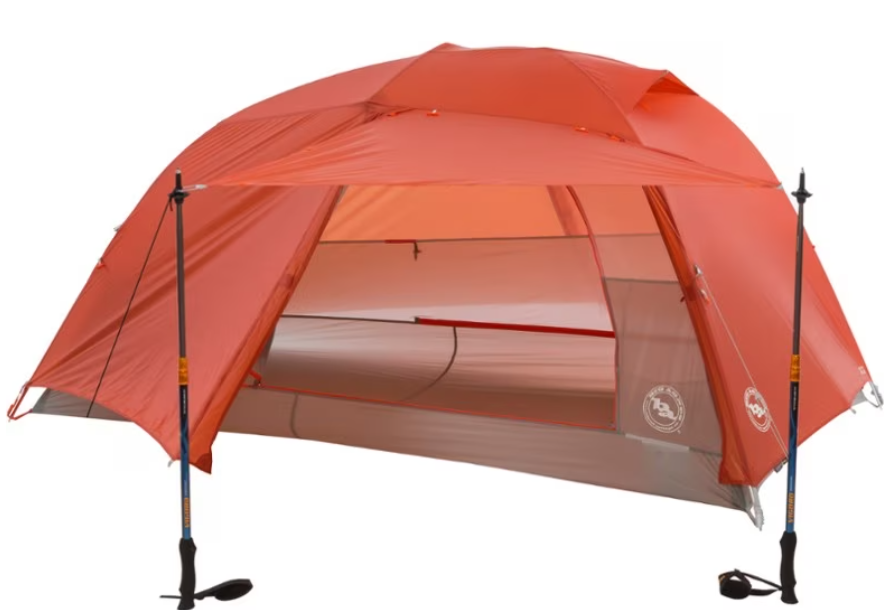
When it comes to space-to-weight ratio for semi-freestanding and freestanding tents, Big Agnes has the design down. The Copper Spur 2 might seem like a splurge, but you’re getting 29 square feet of interior living space, two large vestibules with their own doors, and 40 inches of head room for just over three pounds. This is more than enough space for two people, but it’s still not too heavy to carry solo. The latest update to this tent includes the option to set up the vestibule like an awning, perfect to keep you out of the rain (or sun) during relaxed days at camp.
Sleeping Bag
Recommendation: Therm-a-Rest Parsec 20 Sleeping Bag
Why splurge: Like your other large items, a nice sleeping bag is worth its weight (or lack there of) in gold. Investing in a high-quality sleeping bag means a better night’s sleep with higher loft, more protection for the down, extra care taken to prevent clumping, and lighter pack weight. The warmth-to-weight ratio of a good sleeping bag can’t be beat, and you won’t regret spending the extra money for a cozier night of sleep.
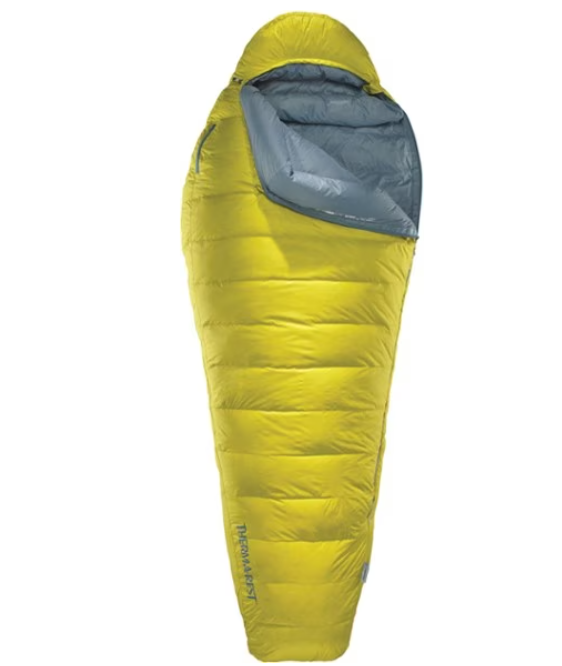
Therm-a-Rest has a solid grasp on simple designs that don’t skimp on features, and this 20-degree bag is a great place to start for a one-quiver sleep system. The deep hood and extra down around the toe box help you stay warm on cold nights, but the bag can be unzipped for venting when the temperatures are higher. This bag uses Nikwax Hydrophobic treated down to help maintain loft even if it gets wet, and we love the fluffy draft collar to keep cold air out. Plus, the whole bag weighs just 1.75 pounds.
Socks
Recommendation: Darn Tough Light Hiker
Why splurge: This type of splurge ($20-$25) is a far cry from a high-end backpacking tent or pack, but it’s no less important. Hiking-specific socks are designed to be worn for long periods of time without rubbing or bunching. The most effective and comfortable socks help reduce blisters, and are made with a combination of wicking fibers that keep your feet cool and dry and some synthetic fibers that add structure, keeping your feet cool and dry. They can also be worn multiple days in a row while staying (mostly) stink-free.
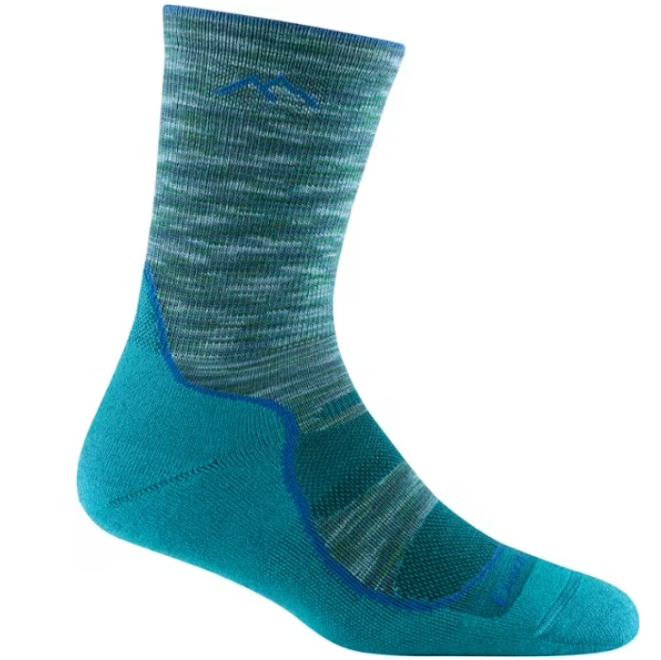
This sock is a fan favorite for thru-hikers, and will last hundreds, if not thousands, of miles. This nylon and merino-blend sock has reinforced arches for support, and extra padding on the toes and around the achilles where you’re most likely to experience repetitive impact. We love a crew-length sock with around six inches of cuff that helps keep dirt and debris out of your shoes and doesn’t bunch up or slide down.
Raincoat
Recommendation: Black Diamond StormLine Stretch Rain Shell
Why splurge: For rain jackets, we recommend looking for an ePtfe membrane like Gore-Tex or eVent. You can find a good deal on rain jackets with this membrane, but overall expect to pay more for this high-tech material, as opposed to a cheaper PU laminate. PU laminates are less breathable, and tend to peel and crack after extended use.
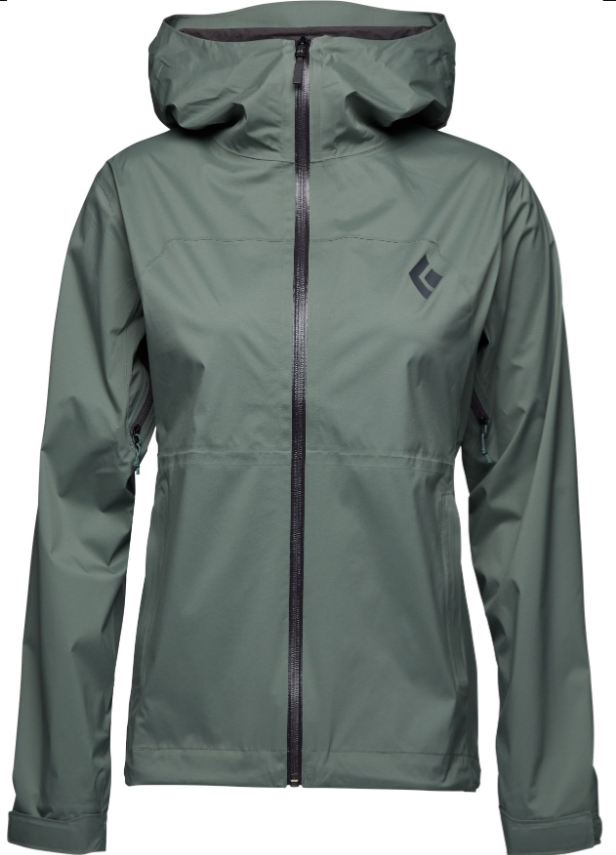
This 8-ounce rain jacket has an extended hem to keep the rain from running down your shorts, and also keeps the jacket perfectly in place under a hip belt. This jacket uses Black Diamond’s proprietary waterproofing, which performs similar to Gore-Tex. The shell is a lightweight, durable nylon treated with DWR, and the waterproof membrane is air permeable for breathability without sacrificing waterproofing.
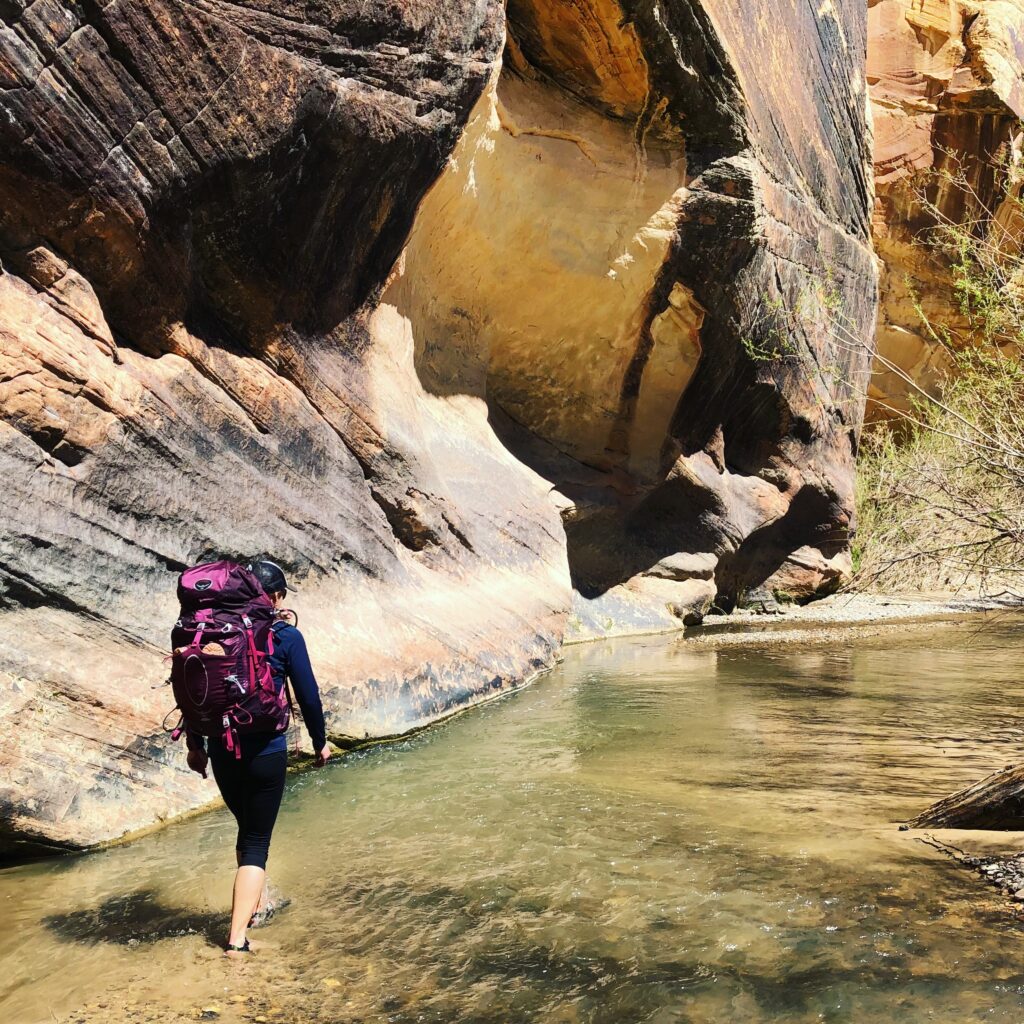
Backpacking Items to Save On
Here’s the good stuff. These are the items where it’s possible to splurge, but you definitely don’t need to. Whether it’s a simple material swap or a comparable model from a less expensive brand, these are all worthy, affordable additions to your backpacking kit.
Trekking Poles
Recommendation: REI Trailmade Trekking Poles
Why save: This comes down to materials. Trekking poles are made with carbon or aluminum, and while carbon fiber will be a few ounces lighter, they’re more prone to breakage and they’re more expensive. For a minor weight penalty you’ll pay half as much for aluminum poles as you do for carbon – plus they’ll last longer.
These trekking poles are nothing fancy, but what is a trekking pole besides a collapsible stick to help keep your knees happy on the downhill and your quads happy on the uphill? This set collapses down to 25 inches for easy storage when you’re not on the trail, and can be extended out to 55 inches for taller hikers. They have the flick-lock style locking mechanism often found on more expensive poles, and the whole aluminum set only weighs one pound.
Hiking Shorts
Recommendation: Adidas Own the Run Shorts
Why save: Hiking layers are a great place to save. Any average pair of running shorts or athletic tights will do essentially the same thing as a $65 pair of name-brand shorts. We like at least a 5-inch inseam for hiking shorts, which helps prevent chafing and bunching. Otherwise, pick a comfortable waistband and make sure you have an unlimited range of motion and you’re good to go.
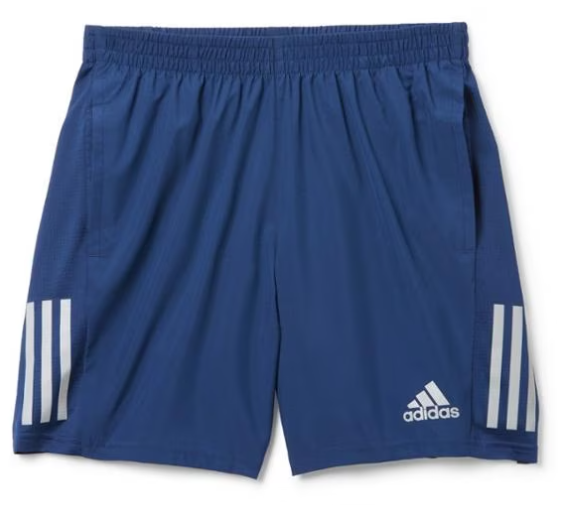
Like we said, you can pick any off-brand shorts at a local discount store and probably do just fine. But we love this classic longer style from Adidas—a brand we trust at a great price point. These shorts have a mesh liner, a five-inch inseam, and are made of recycled polyester for fast drying on the trail. They’re super comfortable but absolutely nothing special, and that’s kind of what we love about them.
Sunglasses
Recommendation: Tifosi Smirk Sunglasses
Why save: The sunglasses market is a crowded place these days, and there are plenty of affordable options that look great and perform well without breaking the bank. Less-expensive brands are comparable in design and function to designer brands, and you’re probably going to lose them, sit on them, or break them anyway.
From running sunglasses to cycling sunglasses to generic in-town models, Tifosi makes a wide array of shades in polarized and unpolarized models. The Smirk frames fit the bill for a cute pair to wear around town while also functioning for athletic endeavors on the road or trail. These stay in place even while you’re sweating, come in a flattering style with fun colors, and are offered with both polarized and non-polarized lenses.
Water Treatment
Recommendation: AquaMira
Why save: Water treatment strategies are up to personal preference, but $15 drops will still treat your water with the same level of safety as a $45-60 filter. You’ll be waiting up to 30 minutes for the drops to be effective, but you also won’t be putting in the effort of filtering the water.
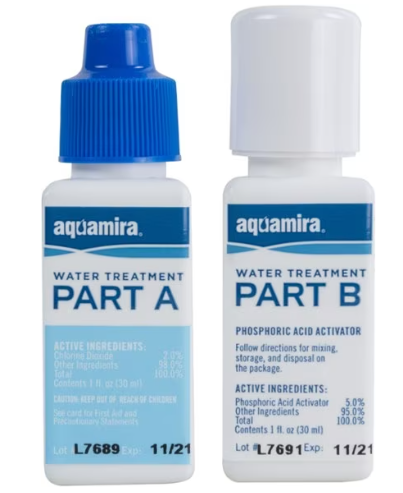
AquaMira drops are a tiny, portable, reliable way to treat your water. Granted, you won’t filter out the silt like you would with a filter, but just a few drops of each container mixed for five minutes, then added to your water bottle or reservoir will make it potable. Plan ahead if you’re using these, as you won’t be able to drink right away—the drops take around 30 minutes before the water is safe to drink.
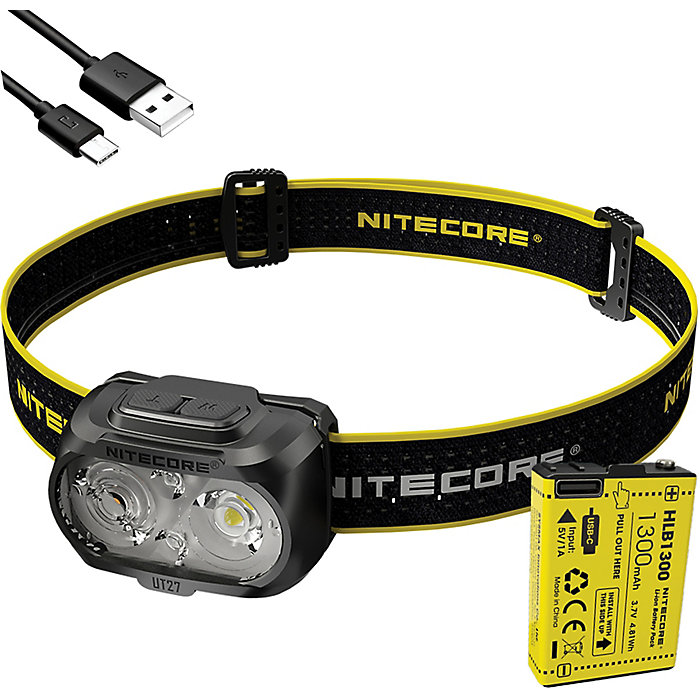
Headlamp
Recommendation: NITECORE UT27 Rechargeable Headlamp
Why save: Buying a cheap headlamp isn’t the recommendation across the board… just with this one brand. Nitecore makes one of the best headlamps on the market for weight, lumens, and battery life, and their models are comparable to the more expensive versions from Black Diamond, BioLite, and Petzl.
If you look at the specs—weight, lumens, light options, and battery life—Nitecore continually comes out at the front of the pack without even trying. This rechargeable headlamp has three modes (flood, spotlight, and red light) and a maximum output of 520 lumens. It will last 6 hours on 400 lumens (more than enough for night hiking) and an impressive 8 hours on 200 lumens. All of this is wrapped up in a package barely weighing over 2.5 ounces, for significantly less money than other major brands.
Lastly, there are plenty of other ways to save on quality gear. Hit up yard sales, garage sales, second-hand outdoor stores, and keep an eye on online marketplaces for good deals. You can always check out REI’s garage sales or their outlets, and shopping at the end of the previous season is a good way to get deals on discontinued colorways.
Splurge Gear List:
Save Gear List:


